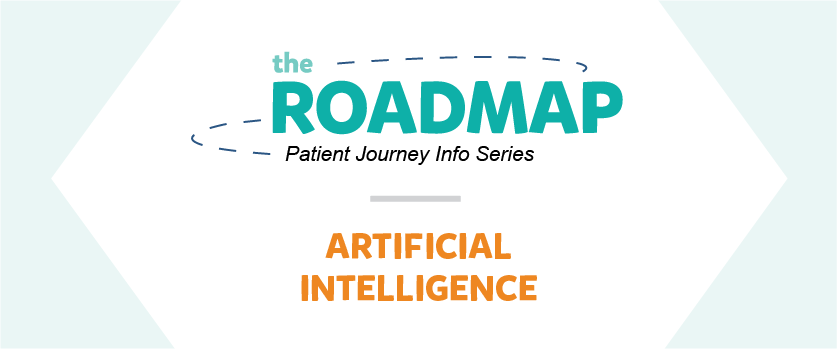How can a healthcare practice use artificial intelligence (AI) to improve revenue cycle performance? How can AI be used to improve the patient journey, leading to better outcomes for both practice and patient? How can a practice deliver to each patient just the right type and amount of encouragement to pay their medical bills?
To answer these questions, let’s consider a simple example of how AI can be applied to customizing the tone of patient communications in the course of patient billing. It’s helpful to first imagine what it would be like if the practice workflow were a completely manual process. Instead of thousands of billing statements being automatically shoehorned into a single format, printed on paper, and mailed out monthly, an overworked accountant who never sleeps would review each and every bill individually. This person could take all the time in the world to write a message to each patient that would be highly tuned to drive action — motivating the patients to promptly pay their medical bill. This human could make a judgment regarding the likelihood a patient will pay their bill based on patterns of payments and patients they’ve encountered over years of mailing out paper statements. We call this propensity-to-pay. Then they’d stuff their handwritten message into an envelope with the billing statement and send it on its way. It’s likely they would do a pretty good job of taking the right tone with the patients who owe money and, in turn, collection rates would be high relative to mailing paper statements out with no personalized message.
But busy practices don’t have all the time in the world to customize all of those messages. They don’t even have the time to analyze which patients are more or less likely to pay. Practices find themselves stuck in an unsatisfactory patient communication limbo as they struggle to keep costs down while keeping revenues up since many administrative automation tools available force practices more deeply into a one-size-fits-all/cookie-cutter approach to patient financial engagement.
A half-step in the right direction would be to provide an accounting resource with digital tools to automate workflows and deliver detailed billing statements via text, email, and IVR in addition to paper. It’s an improvement over manually stuffing envelopes but still lacks that final definitive push that would take a practice’s revenue cycle performance from good enough to spectacular.
With the right toolchain, a practice’s entire workflow can not only be digitally transformed and brought online, it can be ready and able to receive an assist from an AI to maximize payments. Since each patient billing statement is being processed by computer, an AI, that has been trained through machine learning, can be introduced into the workflow to provide a propensity-to-pay score for the patient of note on every bill. Based on this score, an automated patient financial engagement platform can send a customized email, text, or phone call out to the patient to inform them a new bill is ready for them to pay. For patients with a high propensity-to-pay, they would receive a light informative billing message because we would want to make them aware of their balance without upsetting them. Meanwhile patients with a low propensity-to-pay would receive a more urgent massage as the need to realize revenue from those low-scoring patients outweighs customer satisfaction concerns. By providing distinctly different messaging based on each patient’s likelihood to pay their bills, a practice can maximize both revenue and patient satisfaction.
Using machine learning scored propensity-to-pay is just one of a multitude of AI-driven inferences that allow for sophisticated automatic customization of patient interactions and communications. Every opportunity to gather consistent data, learn from it, and then act on it is another way to make sure every patient feels seen, understood, and, ultimately, obligated to pay their bills.



